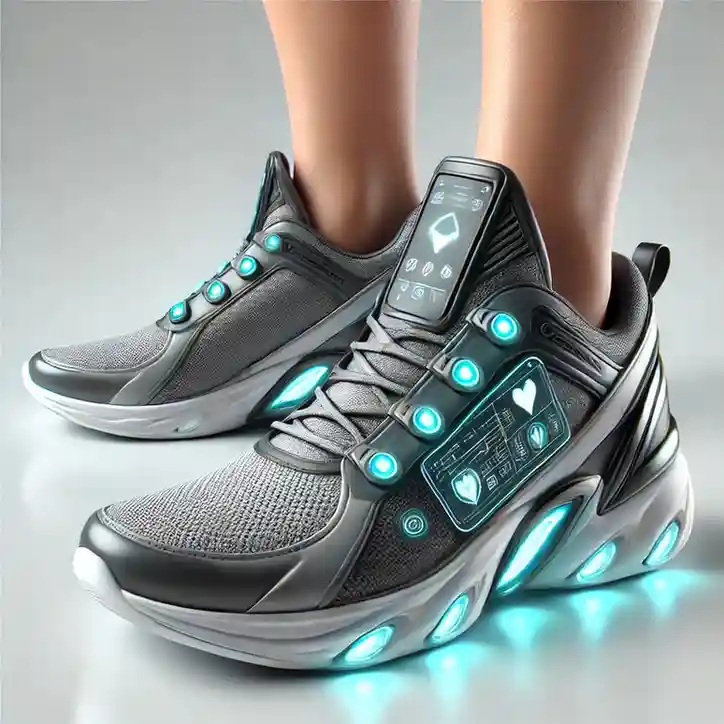Getting the perfect running shoes is the key to comfort, performance, and injury prevention. For novice to well-experienced runners, understanding how to choose running shoes will greatly affect the overall running experience. This guide will help you learn how to choose the best running shoes from expert tips and advice.

Table of Contents
Why It’s Important to Choose the Right Running Shoes
Wearing the wrong shoes can lead to discomfort, pain, and injuries. Learning how to choose the right running shoes will ensure that your feet are protected, and your performance is improved. Good running shoes will give the support, cushioning, and stability that matches your running style and type of feet.
Factors to Consider for Choosing Running Shoes
1. Know Your Foot Type:
Knowing your foot type is the first step in how to choose running shoes. The three main types of feet are:
- Neutral Arch: Para-neutral running shoes.
- Flat Feet: Stability or motion control shoes.
- High Arch: Cottontails running shoes.
Visit a top-rated store to get a foot analysis that finds the shoe most appropriate for your foot type.
2. Determine Your Running Style:
Your running style has a deep impact on how to decide which kind of running pair you are going to buy. Consider these:
- Running on roads, off-road trails, or treadmills?
- How often do you run?
- What are your running speeds like?
3. Shoe Size and Fit:
A proper fit is implied in how to choose the best running shoes. Here’s what to check:
- There should be a thumb’s width of space between your toes and the front of the shoe.
- The heel should fit snugly without slipping.
- The shoe should feel comfortable without pressure points.
4. Cushioning and Support:
The shoes offer different types of cushioning. Lightweight shoes have reduced cushioning weights while heavily cushioned shoes are best used for long-distance running.
Puma Spikes Running Shoes, especially for runners with flat feet, provide much-needed support at the arch for injury prevention.
5. Breathability and Material:
Choose breathability materials in the fabric from which running shoes will be produced because your feet have to remain dry. Mesh uppers, too, provide good airflow, preventing the accumulation of sweat at the ends during a run.
How to Choose the Best Running Shoes for Your Needs

1. How to Choose Running Shoes for Beginners
Choose neutral shoes for your run, with decent cushioning if you’re new to running. Get your running shoes fitted at a local running shop to get the expert touch.
2. How to Choose the Right Running Shoes for Long-Distance Running
Long-distance runners need shoes with extra cushioning and arch support. Always choose shoes with high levels of stability and shock absorption.
3. How to Choose Running Shoes for Trail Running
Trail running shoes must include the following:
- Soles with a good grip
- Waterproof materials
- Extra ankle support
4. How to Choose the Best Running Shoes for Speed Training
Speed training shoes are light and minimally cushioned. They will be able to dramatically improve one’s running technique.
Common Mistakes to Recognize
- Choosing running shoes based only on their appearance or looks.
- Buying shoes that are either too small or too big for your feet.
- Ignoring the actual foot type
- Failing to replace shoes after running 400-500 miles in them.
Tips on Choosing the Right Running Shoes
- Always try on both shoes, never just one.
- Wear running socks while you try shoes on.
- Walk and jog in the shoes before you buy them.
- Try the shoes out on different surfaces.

How to Choose the Right Kind of Running Shoes Keeping Budget in Mind
There are different price options for running shoes. High-quality running shoes can be expensive, but they will provide the user with comfort and stability. Read More
Conclusion on how to choose a running shoe
Runners should educate themselves about choosing running shoes. The best running shoes will improve foot performance and comfort while preventing injuries. Always pick a good fit and comfort over a good fit and evaluate your running style. Whether you’re new to the sport or a daily runner, use these recommendations to guide you in buying the right running shoes for your needs.
Understanding how to choose running shoes applies not only to foot type but also to running style, allowing you to enjoy a good running experience and avoid common injuries.
Get started now; find that perfect running shoe that will assist you in achieving your running goals.


